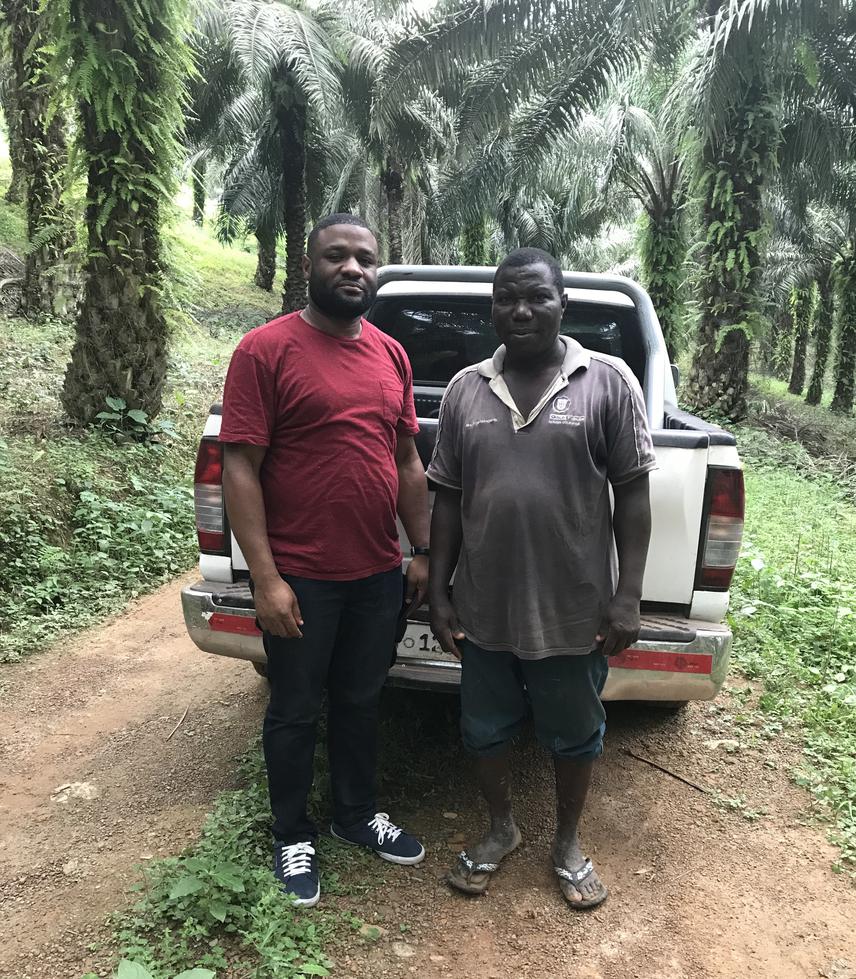Vilbert Vabi Vamuloh
Other projects
26 Feb 2018
Understanding Farmer Motivations to Participate in Contract Farming: The Case of Oil Palm in Ghana
The project to explore the perceptions of conservation action among local stakeholders who participate in the management of the Lobéké National Park, Cameroon. The project also aims at developing a framework for assessing the effectiveness of the management of protected areas by examining changes in local development opportunities and conservation goals.

People’s perceptions can point to reasons for conservation support or lack thereof. This project seeks to explore the perceptions of conservation action among local stakeholders who participate in the management of the Lobéké National Park, Cameroon. The Lobéké National Park is part of the Sangha Trinational – a transnational protected area. Consequently, The Lobéké National Park is of outstanding conservation interest. However, previous studies on the Lobéké National Park, highlight that there are numerous diverse stakeholders with often conflicting goals that are dependent on the resources of the Lobéké National Park. As a result of these diverse stakeholders with differentiated interest, these resources are dwindling and the potential of the Lobéké National Park to continue producing forest resources and ecosystem services is vanishing (Jell and Machado, 2002). It is therefore imperative to design effective management plans that will cumulatively contribute to minimizing the loss of forest resources, enhance the park’s capacity to continuously provide ecosystem services while guaranteeing a sustainable future for local indigenous communities. By combining the landscape approach and the literature on political ecology, the project utilizes Ostrom’s Institutional Analysis and Development Framework (IAD) to identify threats to conservation values, prioritized management actions and assess stakeholders’ preferred conservation approach. The IAD framework provides guidance for highlighting key insights on institutional, technical, and participatory aspects of collective interventions, or the commons problem, and their resulting effects.
Therefore, the approach is first to understand threats to the management of the park, what was planned by official interventions and which administrative set up has been installed, then to compare the planned changes and the real ones. Through this process, I may be able to understand the context of the pre-planning and planning processes, implementation, participation of marginalized and disadvantaged groups, and potentially develop a monitoring and evaluation (M&E) systems. Understanding multiple perceptions can reveal ways of adapting protected area management plans, prioritizing conservation resources and engaging local communities to support actions towards the sustainable management of protected areas.